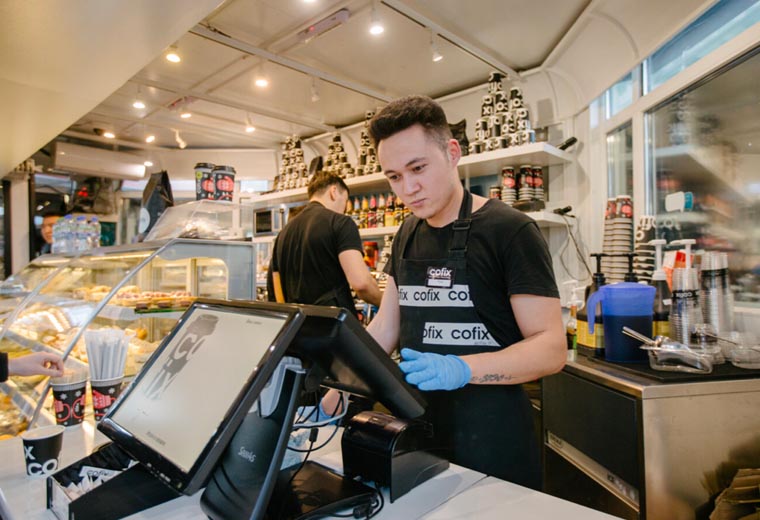The Crucial Role of KOT and Kitchen Display Systems in Restaurant Operations
October 17, 2023
Jane Doe

KOT and Kitchen Display Software
1. Seamless Order Management
2. Real-Time Communication
KOT facilitates real-time communication, creating a seamless link between the point of order placement and the kitchen. This instantaneous transmission of information ensures that chefs can start preparations promptly, reducing wait times and enhancing overall kitchen responsiveness.
3. Visual Clarity with Kitchen Display Systems
4. Prioritization for Optimal Timing
5. Reduced Errors and Enhanced Accuracy
The digital nature of KDS significantly reduces the likelihood of errors in order preparation. The visual representation of orders ensures that chefs can accurately interpret each detail, leading to a higher level of accuracy in ingredient usage, cooking methods, and overall presentation.
6. Efficient Customization Handling
7. Enhanced Collaboration in the Kitchen
8. Optimized Inventory Management
Integration with inventory management tools is a key feature of KOT and KDS systems. This integration provides real-time insights into ingredient usage, helping restaurants manage inventory efficiently, minimize waste, and control costs effectively.



